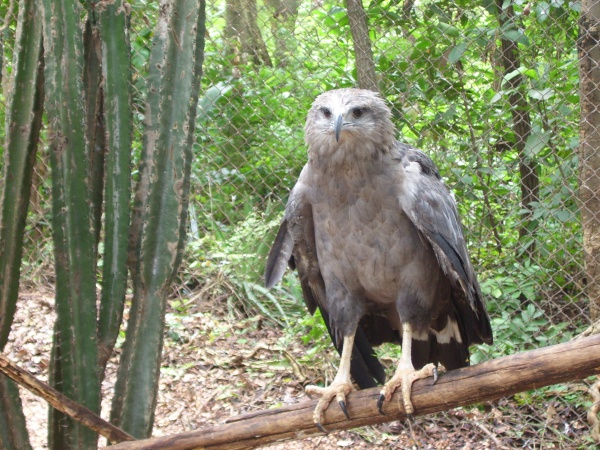Facts About Chaco eagle
The Chaco eagle, also known as the crowned solitary eagle, is a majestic yet endangered bird of prey native to eastern and central South America. This impressive raptor is easily recognizable by its predominantly gray plumage, distinctive occipital crest, and striking black-and-white-banded tail. While adults exhibit this unique appearance, juvenile eagles have a different coloration pattern.
These eagles thrive in open woodlands and marshlands across countries such as Argentina, Brazil, Paraguay, and Bolivia. They construct large nests out of sticks, typically high up in trees, and lay just one egg per reproductive cycle.
In terms of diet, Chaco eagles are adept hunters. They primarily prey on mammals such as armadillos, skunks, weasels, rodents, and even monkeys. Their diet also includes reptiles, fish, domestic lambs, and occasionally other birds. Interestingly, Chaco eagles are crepuscular, meaning they are most active during the twilight hours of dawn and dusk, and tend to be more sluggish during the day.
Tragically, the Chaco eagle faces severe threats, primarily due to habitat destruction caused by agricultural expansion and cattle ranching. Their population is alarmingly low, with estimates ranging from just 375 to 1,500 individuals. Hunting and habitat loss are significant factors contributing to their decline.
Consequently, the Chaco eagle is classified as endangered by BirdLife International and the IUCN Red List. Conservation efforts are vital to protect this remarkable bird and ensure its survival for future generations.

 Chile
Chile